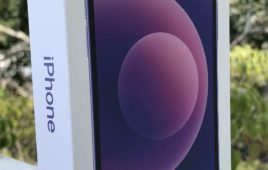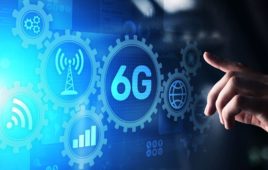T-Mobile made a clean sweep of all six awards categories in OpenSignal’s latestState of Mobile Networks report, pulling ahead as Verizon and AT&T struggled to cope with the revival of unlimited plans on their networks.
According to OpenSignal’s data, 4G speeds on Verizon and AT&T’s networks have been “dropping steadily” since March – just after both brought back unlimited data for customers. OpenSignal said Verizon’s average 4G download speeds this go around was 2 Mbps slower (at 14.9 Mbps) than in its February report, while AT&T’s speeds dipped 1 Mbps to an average of 12.9 Mbps in the same timeframe. By contrast, T-Mobile’s speeds surged, with an average LTE download speed of 17.5 Mbps and an overall average speed of 16.1 Mbps. Sprint speeds also got a boost, but lagged behind the pack with an average LTE download speed of 9.8 Mbps.
OpenSignal indicates congestion is most likely to blame for the noticeable drop off on Verizon and AT&T’s networks. And things could get worse.
“Cellular networks are shared networks, meaning individual connection speeds are dictated by the total amount of demand for data at a particular cell site. If that demand increases — either through more customers or more data usage from existing customers — then average connection speed for all users starts dropping,” OpenSignal notes in its report. “We may well see this trend continue as more Verizon and AT&T customers take advantage of these new unlimited plans.”
LTE availability
T-Mobile didn’t just sweep OpenSignal’s speed metrics for 3G, 4G, and overall – it also squeaked past Verizon to take top honors in the 4G availability category as well. T-Mobile customers were able to get LTE coverage 90.91 percent of the time, compared to 89.97 percent of the time for Verizon customers.
Availability scores for AT&T and Sprint rose as well to 83 percent and 81.6 percent, respectively, bringing Sprint within striking range to match AT&T on availability. Sprint’s strides were especially significant – the carrier’s availability score was up from 70 percent in the same period last year.
OpenSignal acknowledged some might be surprised by T-Mobile’s win on this count given Verizon’s reputation as a coverage leader. But the report noted its “availability” metric measures how often subscribers are able to access an operator’s 4G service rather than quantifying actual geographic coverage.
“T-Mobile has made a lot of progress in expanding its mobile footprint outside of cities in recent years, but T-Mobile’s traditional focus has been on urban areas where it’s much easier to provide a consistent mobile signal,” the report noted. “It will be interesting to see if T-Mobile can maintain its high level of 4G availability as it continues to grow and its subscriber base expands into more rural areas.”
Difference of opinion
The OpenSignal report contradicts the findings of RootMetrics’ performance report for the first half of 2017. That report, based on drive test data, declared Verizon the winner across the categories of Overall, Reliability, Speed, Data, and Call.
While the RootMetrics report noted T-Mobile’s reputation for speed in metro area testing, it said that success has yet to translate to notable improvements on the state and national levels.
More on that here.
OpenSignal’s full report, which is based on 5 billion measurements taken from nearly 173,000 devices between March 31 and June 29, can be found here.




